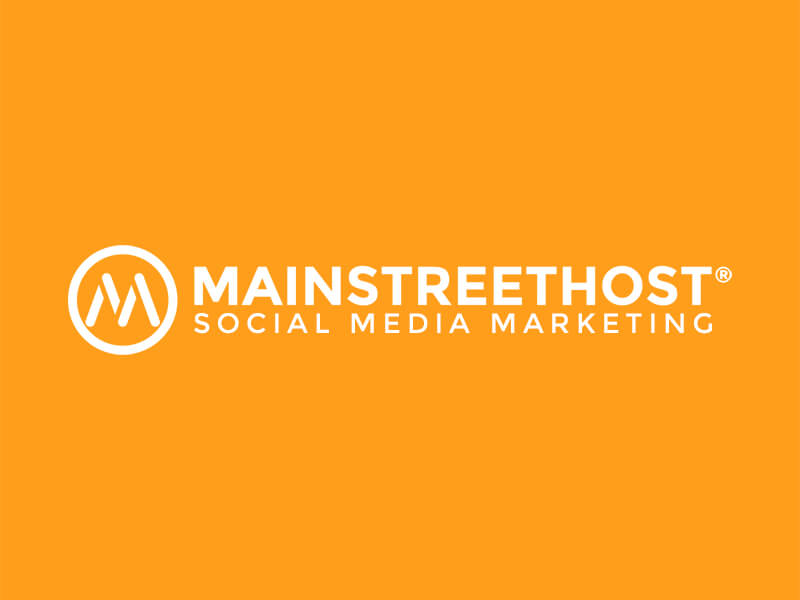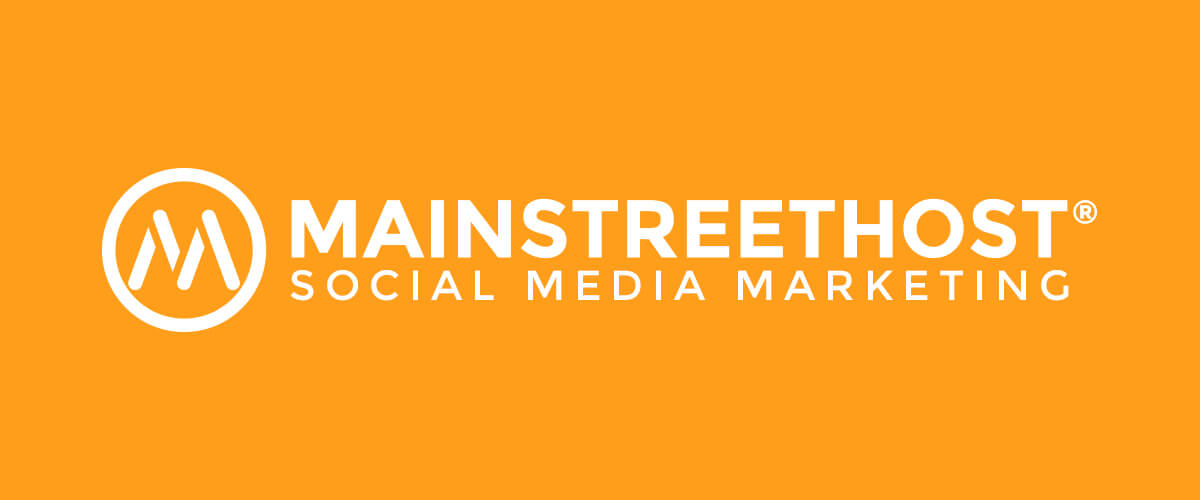For many years, advertisers relied on data from focus groups and Nielsen ratings — television audience and viewership measurements — to better target their ads. These indirect (but reliable) methods enabled brands to know what types of consumers were seeing their ads and what types of responses they were having. Armed with that information, they could better target their marketing strategies, creating more compelling commercials and getting more out of their investment.
Fast-forward from the Mad Men era to the digital era, and that system is now somewhat obsolete. Since the advent of the internet, the traditional TV ad model has been supplanted by digital media consumption and cross-platform marketing initiatives. Brands aren’t just trying to get the most out of the commercials they run, they’re trying to keep viewers’ attention from the moment they wake up and turn on their smartphone to the moment they go to bed and, well, scroll through their smartphones.
But the underlying strategy remains true. The more targeted your advertising, the more effective it will be. In a social media dominated world, one of the best ways to take advantage of that is Facebook Advertising. Businesses of all sizes and industries can benefit from the increased targetability of Facebook ads.
Before you jump into advertising, the first step is to create a Facebook page for your business. (If you haven’t done so already, here is a helpful how-to from our friends at Social Media Examiner.) Be sure to use the same email address for both the page and eventually for your ad manager.
Now that your page is created, let’s take a closer look at the Facebook Advertising process and how it can help your business grow.
Ads Manager vs Power Editor
The first decision to make is whether to work out of the Ads Manager or the Power Editor. The main difference between the two is that the Ads Manager is the more basic tool. It offers a stripped down (although recently updated) interface that works well for beginners.
The Power Editor, on the other hand, is a more complex and, well, more powerful tool. It allows you to run multiple campaigns at once with little heavy lifting. This is vital for most Facebook marketers. After all, the main benefit of the practice is delivering the right message to the right audience at the right time. The natural next step of this type of strategy is having multiple campaigns running concurrently. One for a certain type of audiences, others for different audiences.
Once again, though, for beginners, the Ads Manager is a good place to get your feet wet and learn some basic tenets of Facebook advertising.
Creating Your Ad
Regardless of whether you use Power Editor or Ads Manager, you’ll want to start simply by selecting “Create Campaign.” Next, choose your advertising objectives. These can include brand awareness, local awareness, general reach, website traffic, app installs, lead generation, conversions, and brick-and-mortar store visits. Think about what brought you to this strategy in the first place. Whatever was missing in your business that made Facebook advertising seem necessary, go after that.
Next, choose what specifically you’re advertising. This could simply be for your business in general,
or it could pertain to a specific event, Page, or website.
Once you’ve exactly what it is that you’re advertising, you need to select the audience. In its Facebook Business portal, Facebook splits its audience options up into three main categories: Core Audiences, Custom Audiences, and Lookalike Audiences.
Core Audiences
With Core audiences, you can build a targeted audience directly through the Facebook portal. To do this, use Facebook’s wide array of user filters. For many businesses, the most important of these is the location filter. With it, you can limit the reach of your ad to people in your immediate geographic area. For many small businesses, brick-and-mortar sales constitute most or all of their revenues. If this is the case, it’s probably best to focus only on those Facebook users within driving distance of your location(s).
Custom Audiences
Custom audiences are the contacts you’ve already acquired through other, non-Facebook means. These could be website visitors, current customers, mobile users, etc. Wherever they happen to come from, it’s always a good idea to connect with them further on Facebook, where almost all of them already likely spend time.
Lookalike Audiences
Lookalike audiences let you use your current customer base as the inspiration and guide for your growth. To start, choose an existing Custom Audience grouping. (It’s worth noting that this group will need to contain at least 100 members.) Then, choose the size of your Lookalike Audience. A smaller one will be able to more closely match the demographic tendencies of the source group; a larger one will increase the potential reach of your ads but will leave room for more deviation from the source. These can be extremely helpful and flexible – you can create up to 500 Lookalike Audiences from a single source.
Attaching a Pixel
Facebook describes its Pixel as “a piece of code for your website that enables you to measure optimize and build audiences for your ad campaigns.” Since cross-platform marketing is such a vital part of building a digital presence, this tool helps you connect the dots between your website and your social media presence.You can do this by measuring the different touchpoints a customer engages in before finally making a purchase. Maybe they read a blog post on their phone one day, check out your About Us page from their office computer the next, and then finally give you a call to speak to a representative on the third day. It’s important to track how these different touchpoints correlate and build into an eventual conversion.
Also, Pixel is part of the targeting process for your Facebook ads. It lets you show your ads in the News Feeds not just of people who fit the demographic profile of your buyer personas, but those who’ve viewed your website. This way, you can be sure that your carefully crafted ad is landing with people who’ve demonstrated some initial interest.
Budgeting And Scheduling
Facebook recommends a default daily spend of $20.00 for their ads. You should adjust this based on your overall marketing budget. It’s important to note that for a daily budget, the max you set will be for each individual day. For a lifetime budget, the amount you set will refer to the overall, “lifetime” spend of the ad.
Once you’ve done this, it’s time to set the schedule. Like most things in digital marketing, Facebook Ads aren’t a “set it and forget it” endeavor. You may have some initial assumptions about what time of day will work best, but it’s important to stay flexible and make decisions based on the data. There are helpful reports on social media usage trends, so these are a good starting place. Remember though, your audience is unique and autonomous. Once you start seeing your own results roll in, it’s important to adapt to any trends you may see.
At this point, you’re ready to set your ad(s) live!
Remember, the most important benefit of Facebook advertising is improved targeting: getting the right message in front of the right eyes. The more consistently you’re able to tweak and manage your ad campaigns, the more you’ll get out of them.


